Finding electrical wiring using special devices is not a difficult task. It all depends on the quality, cost of the device, as well as on the correct setting and the ability to use it. And what to do if you do not have any devices, from the word in general, and you need to find the wiring right now.
Here it is already necessary to remember the old effective methods that often help, but you should not rely on them with 100% probability. Moreover, some Chinese wiring indicators cost mere pennies, and allow you to narrow the search space to a few centimeters. 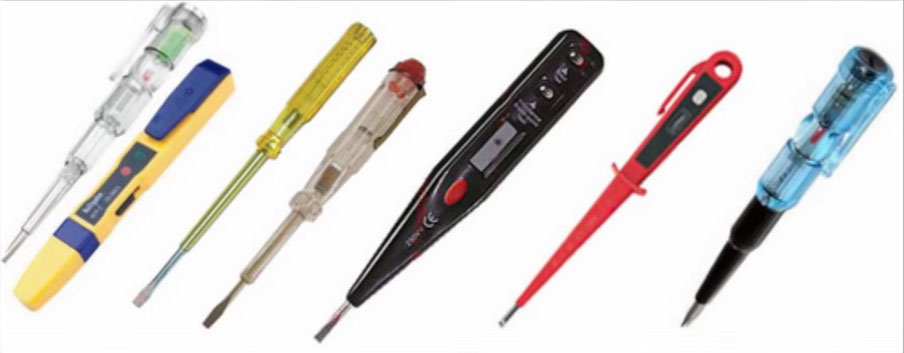
Dismantling wallpaper
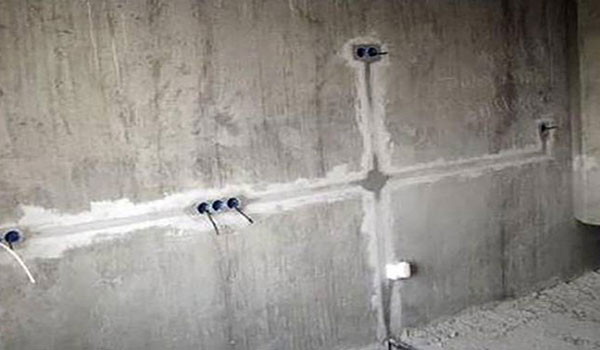 If you are carrying out major repairs at home, and the current state of the walls and wallpaper does not bother you too much, you can simply tear off everything unnecessary from the wall, right down to the base (brick or concrete). After that, old grooves can be seen visually, or felt by touch, thanks to the bulges or, on the contrary, characteristic grooves.
If you are carrying out major repairs at home, and the current state of the walls and wallpaper does not bother you too much, you can simply tear off everything unnecessary from the wall, right down to the base (brick or concrete). After that, old grooves can be seen visually, or felt by touch, thanks to the bulges or, on the contrary, characteristic grooves. 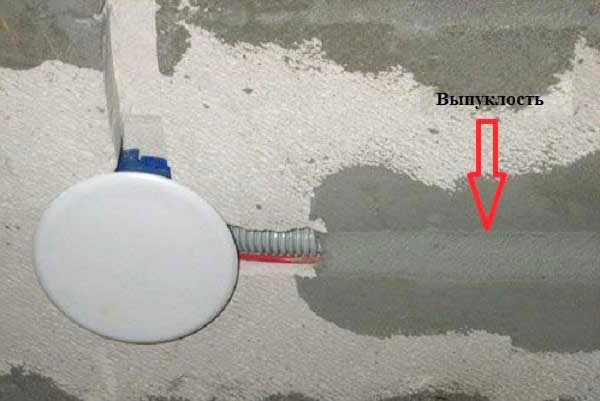
If the wall is not plastered at all, but under the wallpaper there is bare concrete, then the cable grooves will be 100% visible even to the naked eye.
Finding wires in the wall with a radio
 Another way is to use an ordinary radio receiver. Tune it to a frequency of one hundred kilohertz and bring it as close as possible to the wall in the place where the wire is supposed to pass. The wire must be energized.
Another way is to use an ordinary radio receiver. Tune it to a frequency of one hundred kilohertz and bring it as close as possible to the wall in the place where the wire is supposed to pass. The wire must be energized.
To create significant noise and interference, plug in a shaver, or high-speed grinder, drill, vacuum cleaner.
If you guessed right where the cable goes, the receiver will start to crack. The closer to the strobe, the stronger.  Instead of a radio receiver, you can also use a coil microphone, connect it to a tape recorder with speakers to reproduce sound interference.
Instead of a radio receiver, you can also use a coil microphone, connect it to a tape recorder with speakers to reproduce sound interference. 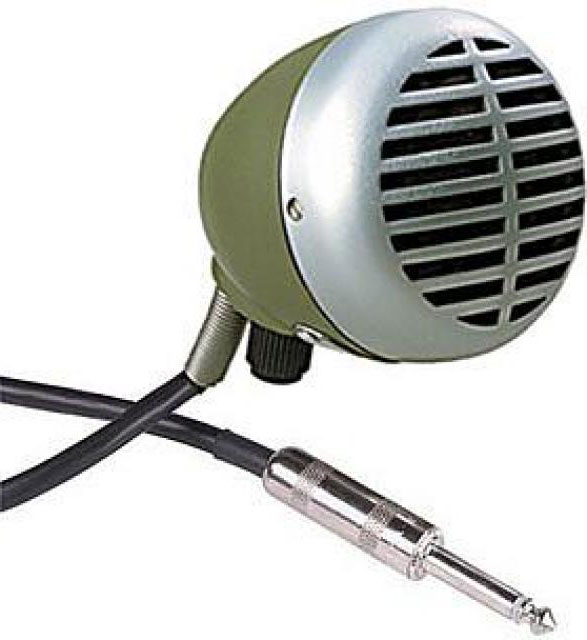
Finding wiring with a multimeter
This method is suitable for radio amateurs. You don't need special testers to search here, but you need to have a simple Chinese multimeter and a field-effect transistor. Polevik can be one of the following brands: KP103A, KP303 or 2SK241. 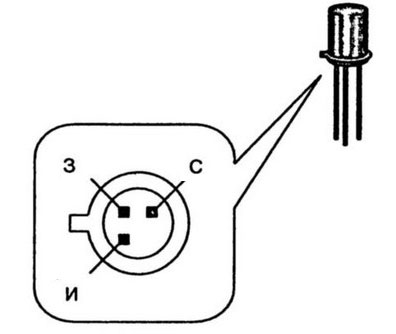
Turn on the multimeter to measure resistance (200kΩ), and connect its probes to the left and middle terminals of the transistor (drain + source). 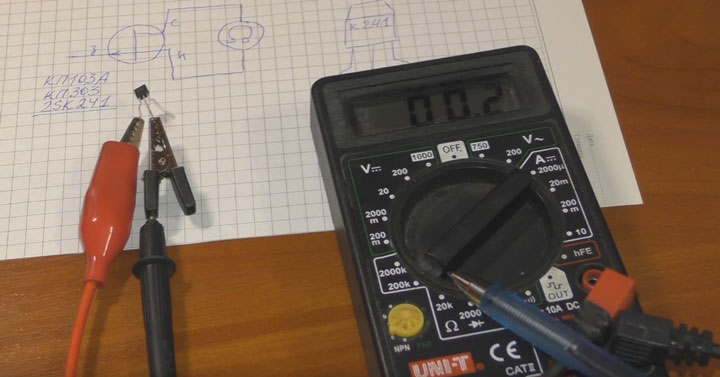 The right terminal is used as an antenna. The principle of operation of the device is that when a field-effect transistor enters an electromagnetic field, its internal resistance changes. And the multimeter just fixes it.
The right terminal is used as an antenna. The principle of operation of the device is that when a field-effect transistor enters an electromagnetic field, its internal resistance changes. And the multimeter just fixes it.
Where the change in resistance is maximum, there is the center of the wiring.
 If you attach an additional antenna (a piece of copper wire) to the third terminal, then the sensitivity of the device will increase dramatically.
If you attach an additional antenna (a piece of copper wire) to the third terminal, then the sensitivity of the device will increase dramatically. 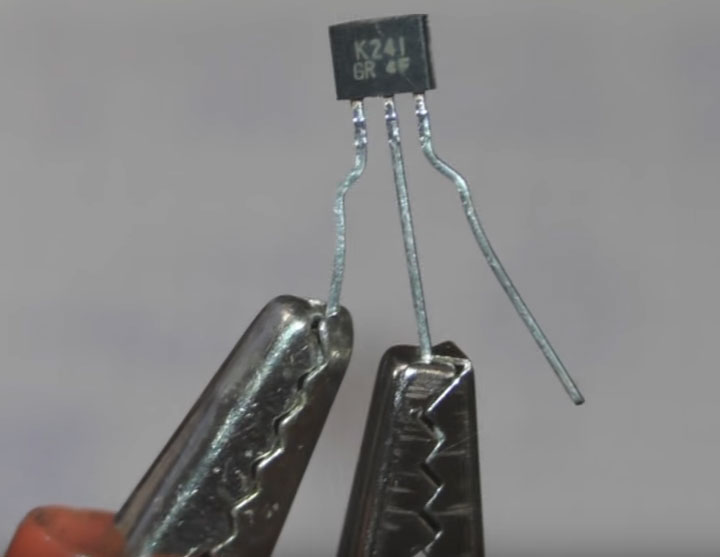
Video on the topic of finding wiring with a multimeter:
Correct wiring diagram
![]() This method is applicable when the wiring in your house was done by professionals in their field. According to the rules, electrical cables and wires can only be laid in vertical and horizontal directions. Diagonal wiring is prohibited. In this case, the minimum distances from the groove to the ceiling, doors, etc. must be observed. You can get acquainted with these distances in the article
This method is applicable when the wiring in your house was done by professionals in their field. According to the rules, electrical cables and wires can only be laid in vertical and horizontal directions. Diagonal wiring is prohibited. In this case, the minimum distances from the groove to the ceiling, doors, etc. must be observed. You can get acquainted with these distances in the article
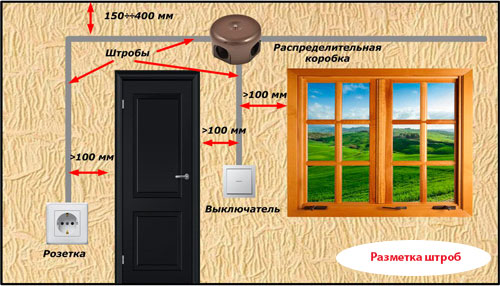 Knowing the location of the junction box, you can take it as a reference point and virtually laying lines at 90 and 180 degrees, presumably determining the location of the wire. After that, be sure to use the previously given methods to confirm your assumptions.
Knowing the location of the junction box, you can take it as a reference point and virtually laying lines at 90 and 180 degrees, presumably determining the location of the wire. After that, be sure to use the previously given methods to confirm your assumptions.
With a hearing aid
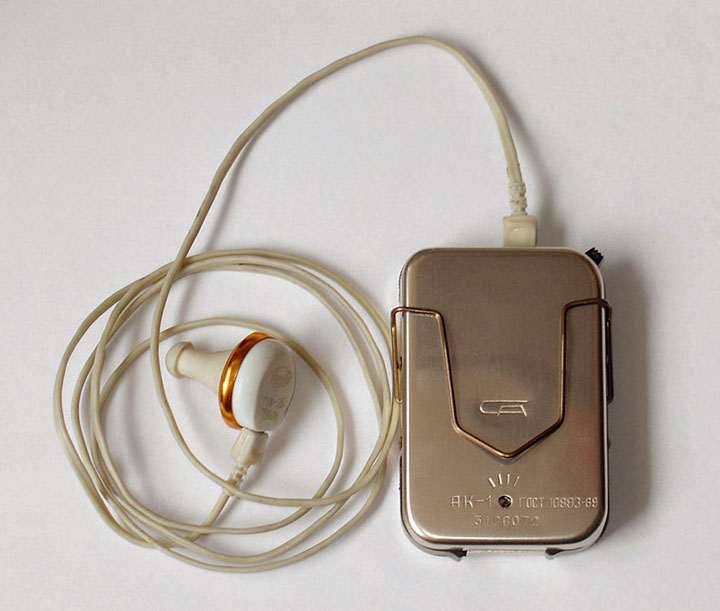 Using old hearing aids, such as the AK-1 brand, you can find hidden wiring with fairly high accuracy. Set the "phone" mode on the device - it is needed so that a person who has a hard of hearing can freely talk on the phone in a noisy environment. In this case, the device becomes susceptible only to electromagnetic vibrations., which is what we need. Bring the sensor to the intended place of hidden wiring, and fix the noise.
Using old hearing aids, such as the AK-1 brand, you can find hidden wiring with fairly high accuracy. Set the "phone" mode on the device - it is needed so that a person who has a hard of hearing can freely talk on the phone in a noisy environment. In this case, the device becomes susceptible only to electromagnetic vibrations., which is what we need. Bring the sensor to the intended place of hidden wiring, and fix the noise.
Cassette player
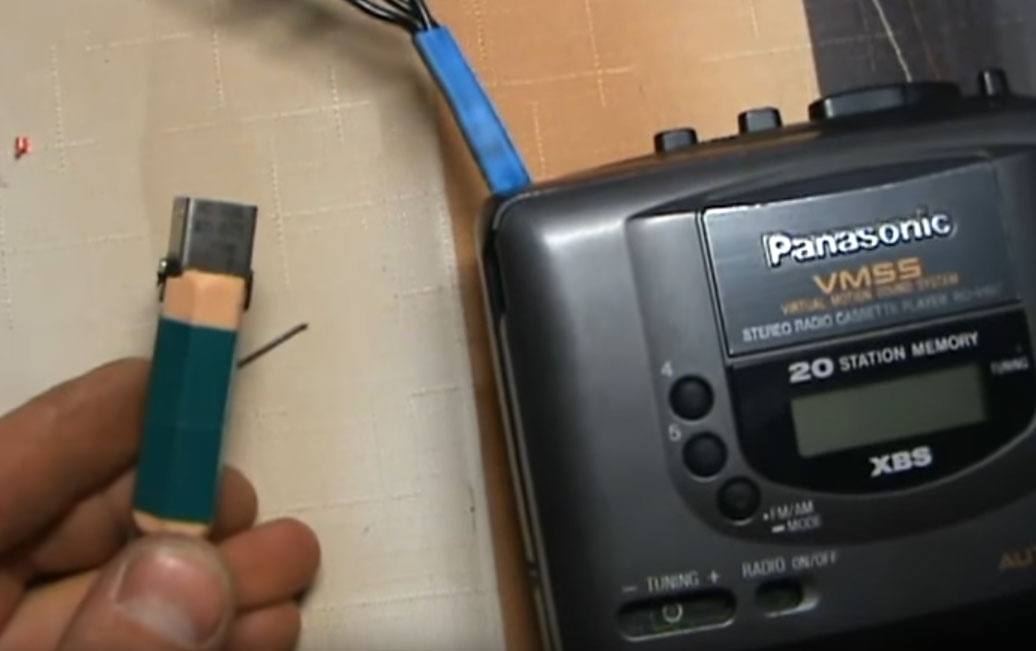 Solder a flexible cable to the head of the player (you can take it from the USB cable). Turn off the motor of the motor in the player (less noise, and the batteries are saved). Connect the load to the wiring. We press the Play button and, bringing the head of the player, we are looking for the place of the formation of the greatest hum.
Solder a flexible cable to the head of the player (you can take it from the USB cable). Turn off the motor of the motor in the player (less noise, and the batteries are saved). Connect the load to the wiring. We press the Play button and, bringing the head of the player, we are looking for the place of the formation of the greatest hum.
True, the sensitivity of this device is quite small. When removing wires from 1cm and further, especially under plaster, the device almost does not react.
Methods that don't work
Finding wires with a compass
 Although some recommend this method, in reality you simply cannot create such an electromagnetic induction with a load at home that an ordinary compass would react to this, and even indicated that this is electrical wiring, and not ordinary fittings. And if you also take into account a few centimeters of plaster under which the cable lies, then what kind of miracle should the compass be and how much will it cost?
Although some recommend this method, in reality you simply cannot create such an electromagnetic induction with a load at home that an ordinary compass would react to this, and even indicated that this is electrical wiring, and not ordinary fittings. And if you also take into account a few centimeters of plaster under which the cable lies, then what kind of miracle should the compass be and how much will it cost?
Smartphones
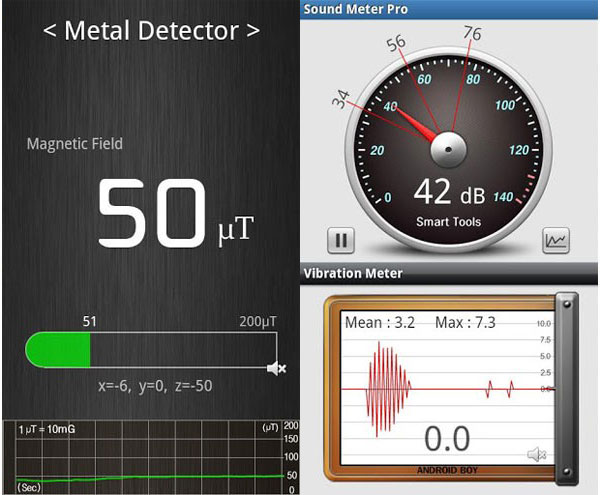 Modern programs designed for all kinds of iPhones and other gadgets, although they claim that they can easily find metal objects and react to magnetic fields, should still be perceived as expensive toys, and not devices capable of finding hidden wiring. And you should not trust them in any case.
Modern programs designed for all kinds of iPhones and other gadgets, although they claim that they can easily find metal objects and react to magnetic fields, should still be perceived as expensive toys, and not devices capable of finding hidden wiring. And you should not trust them in any case.
An exception is an additional device scanner for a smartphone from walabot. You can get acquainted with it in the article. 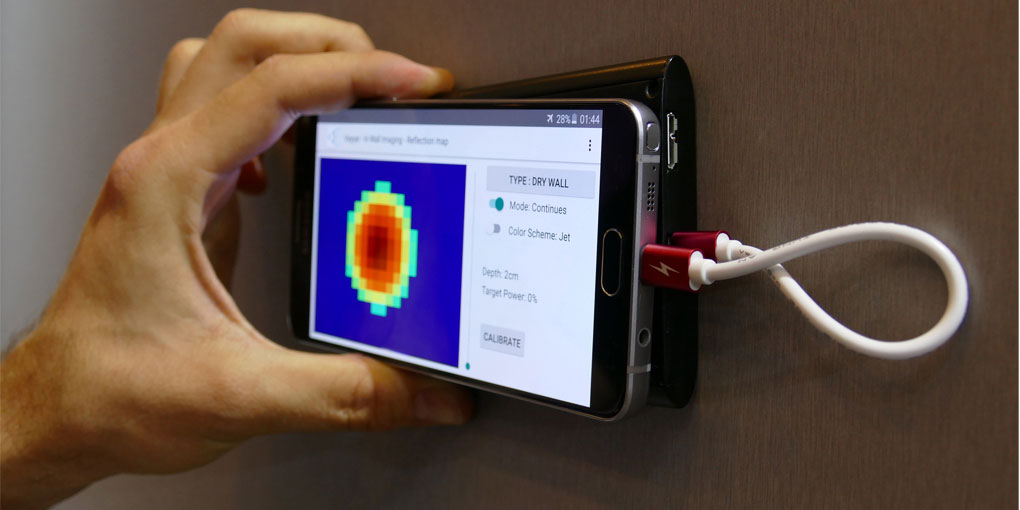
Summing up, it is necessary to remind once again that all the above methods have a very large error in detecting hidden wiring (often up to several tens of centimeters). And you shouldn't trust them.
To determine exactly where the wire lies under the plaster, it is better to use inexpensive devices (Woodpecker, detector MS 158), which are mentioned in the article

